Thriving healthcare sector focuses on strategic measures to improve services and enhance the patient experience. One such strategy is integrating IoT applications into the existing healthcare system.
Since COVID-19 has hit the world hard, we witness radical changes in multiple sectors and the healthcare sector is no exception! However, in this troubled time, healthcare organizations have managed to maintain their support system to control the spread of coronavirus with the help of technological advancements. This article talks about the role of IoT in the healthcare sector.
The number of connected devices has rocketed in recent years. It is predicted that by the end of 2023, we will have over 29 billion internet-enabled devices available for everyday use.
No wonder IoT has bright scopes across core industry sectors including healthcare. An aging community, increasing healthcare costs, and outdated infrastructure set the stage for the IoT network. During the pandemic age, IoT solutions have played a vital role in connection tracing and remote monitoring of patients. It is interesting to see how the future unfolds for this emerging technology in the healthcare sector.
Let’s start from scratch and understand the mechanism of IoT before digging deep into its role in the healthcare sector.
IoT- Introduction and How Does It Work?
Let’s face it. We have come across several definitions of IoT depending on the author’s perspective to date. But, simply put, the IoT is a network of Internet-linked devices, appliances, and vehicles that can share and collect data without any human intervention.
IoT devices are known for gathering and sending corporate data. These connected devices send the data to a centralized data server for processing further. Google Home, Fitbits, smartphones, coffee machines, and even refrigerators are examples of IoT-powered devices. All they need are sensors and a constant Internet connection.
The Internet of Things has many facets and touches almost every aspect. It has made our lives easier by increasing convenience. We can give many examples of IoT applications ranging from fitness devices to thermostats and car trackers to health monitors.
Among major beneficiaries of IoT technology, the healthcare sector has appeared as a giant in recent years. Integration of IoT devices can take the entire sector to a new level with enhanced experiences and improved patient care. During the recent pandemic time, the healthcare industry has shown significant growth and was remained one of the most resilient sectors in the slowing economy. This resilience is because of technological advancements and effective data analysis.
A few years back, diagnosis and identification of abnormalities were possible through a physical examination only. But, such examinations were difficult during the corona age due to social restrictions and other regulations. Here, an IoT-driven health monitoring system worked wonders and patients could use even miniaturized devices including smartwatches to serve this objective effectively.
Also, IoT technology has transformed the overall approach from hospital-centric to patient-centric by enhancing the patient experience. For example, connected medical devices have enabled patients to measure blood pressure, pO2 level, and blood glucose in the comfort of their homes without taking assistance from a healthcare service provider.
Another aspect of healthcare is telemedicine. It enables healthcare organizations to reach remote areas for diagnosis and treatment. Emerging technologies including IoT and ML (Machine Learning), big data analytics, and cloud computing have made telemedicine more effective than ever through high-level telecommunication services.
Higher accuracy and reduced costs are some of the common reasons for the growing popularity of IoT technology in healthcare. It is popularly known as the Internet of Medical Things (IoMT) and is useful for streamlining various medical processes while improving patient experiences significantly. Whether it is mood monitoring or Parkinson’s condition monitoring, IoMT can work wonders.
Patients get better assistance based on accurate diagnosis and more engagement with a focused approach from healthcare providers. There is no exaggeration in mentioning that IoT will make healthcare services more efficient, accessible, and cheaper in the years to come. What’s more, IoT will also help patients skip cumbersome visits to hospitals. They can get personalized care and more effective treatment with ease.
IoMT has a vital role to play in futuristic trends like remote patient care, advanced pharmaceutical procedures, access to runtime data on the move, and wearable implants. Customised IoT devices also assist healthcare institutions in improving emergency care and administrative services.
Importance of IoT in Healthcare
IoT applications are designed to meet the complex needs of three major departments of the healthcare system- emergency, insurance, and pharmacies. Apart from this, an IoT application development company enables the healthcare industry to implement telemedicine and remote healthcare concepts to serve patients remotely.
IoT devices can gather patients’ vital data and health practitioners can get it for better diagnosis. All these connected devices can interact with each other and enable hospitals to provide better services and even save lives.
In a way, the Internet of Things concept can increase the patient’s well-being significantly and contributes to restricting the negative impact of any pandemic. It also increases the productivity of healthcare professionals and streamlines the overall workflow in hospitals.
IoT Application in Healthcare- Emergency Services
IoT technology is useful in reducing the wait time for patients, and this is nothing short of a blessing during emergency situations.
Radio Frequency Identification (RFID) tags, computer vision, and infrared sensors make a strong network to accumulate and share the data related to the availability of hospital beds in real time. It helps hospital staff identify patients who can be moved from emergency to observation rooms.
As a result, hospitals can admit patients with critical conditions into the emergency room. This information is also useful for Emergency Medication Technicians (EMTs). They can get real-time information about the hospital bed availability for emergency cases, and reroute to another hospital to save time and effort.
Apart from bed availability, RFID and infrared sensors are useful in monitoring the blood supply and available samples at hospitals. It can assist hospital staff to provide the best facility continuously to patients. Patients can get IoT-powered ID wristbands for effective monitoring. It also assists professionals to identify areas that need more attention.
The IoT technology useful for emergency services can also provide healthcare organizations with reminders and real-time notifications for medications and vitals of patients. It results in enhanced emergency care from an efficient and informed medical team.
Top Contributing Factors for Increased IoT Penetration in Healthcare
The recent pandemic age has brought a drastic change in the way we live and work. Here are three drivers for the rapid growth of IoT in the healthcare industry.
1. Increasing Healthcare Expenses
Healthcare services are getting costlier with every passing day. It is simply because of increasing operational costs. Globally, healthcare organisations strive for maintaining a balance between increasing expenses and healthcare charges taken from patients.
Here, IoMT solutions can lend a helping hand by reducing service costs. An official survey has revealed that IoMT can help the healthcare sector save over $300 billion every year.
2. Enhancing Patient Awareness
The rapid spread of the pandemic, social media networks, and communication channels have spread awareness about healthcare services and related perspectives among people.
Today, people consider health-related issues and facilities more carefully while asking for better strategies and advanced devices. Be it measuring body temperature or heartbeats, it is always necessary for healthcare organisations to provide cutting-edge solutions.
3. Remote Monitoring Requirement
Aging communities and a significant increase in chronic diseases like diabetes are two major reasons for the increasing demand for remote monitoring. As per the prediction over 2.1 billion people will be aging by 2050 across the world.
IoMT devices can help elders and healthcare professionals by ensuring real-time alerts on emergencies and accurate information on vitals.
Here is the list of advanced and innovative IoMT tools that can effectively collect data.
Innovative IoT Tools for Collecting Data
As per the WHO survey, currently 2 million medical instruments have spanned over 7000 generic groups. Customised applications based on IoT can act as a bridge between the network and connected devices. These IoT tools can read the data in real-time and assist doctors to diagnose accurately.
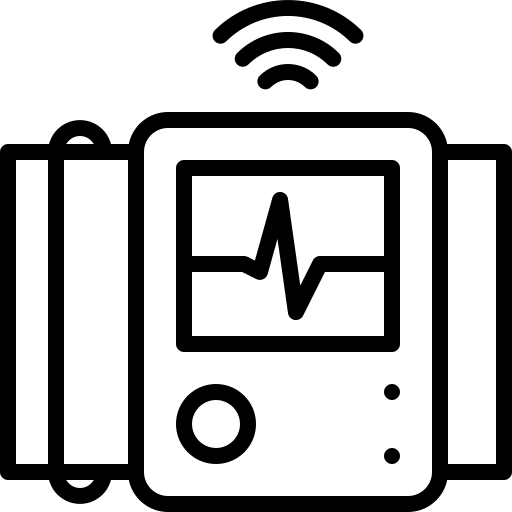
Point of Care Devices
These are diagnostic tools designed to get results of various laboratory tests including blood and saliva. These devices can be kept at the doctor’s office or at home for analysing samples.
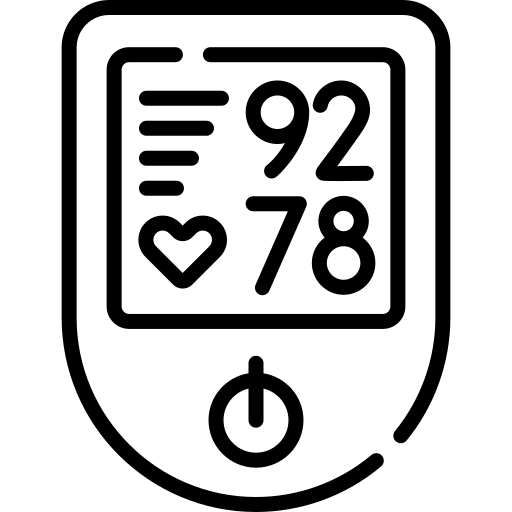
Clinical-scale Wearables
These are IoT tools useful for monitoring patients during chronic conditions and diseases. Regulatory and health authorities tend to recommend these tools and they are prescribed by clinics or physicians.
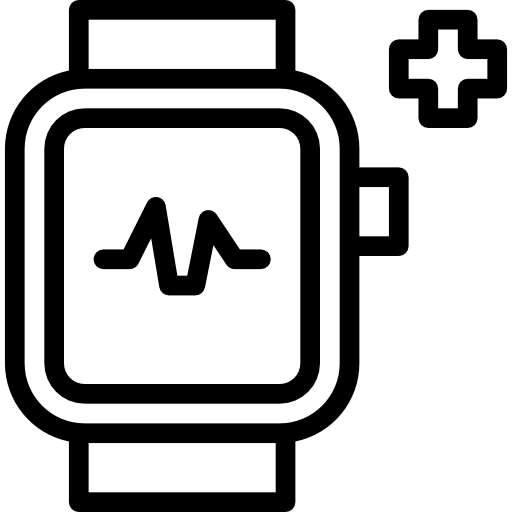
Consumer-scale Wearables
Personal wellness or fitness wearables fall under this category. They have built-in sensors to collect and maintain the user’s physical activity-related data. Be it measuring pulse rate or tracking the oxygen level, these wearables are highly useful.
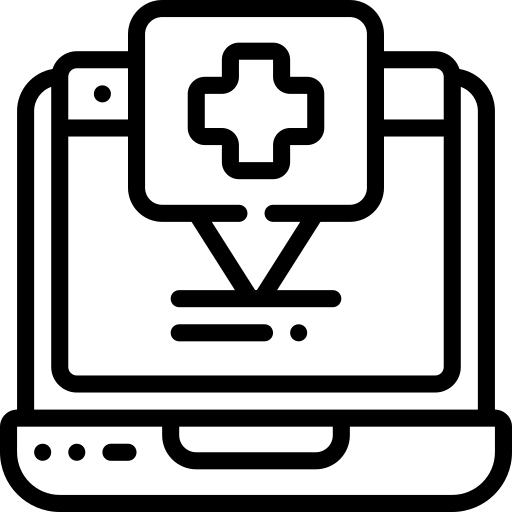
In-hospital Applications
These applications or giant devices have multiple uses including diagnosis, treatment, and surgical procedures. These applications are capable of detecting any defects in the equipment in real time.
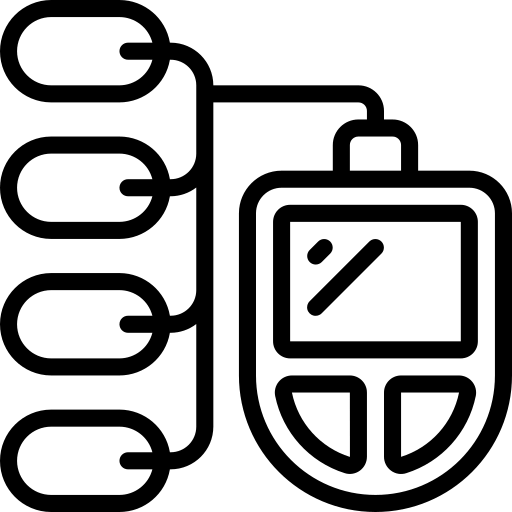
Special Medical Devices
Also known as personal emergency response or medical alert methods, such devices are helpful especially for patients with limited mobility or elders who require emergency medical care.
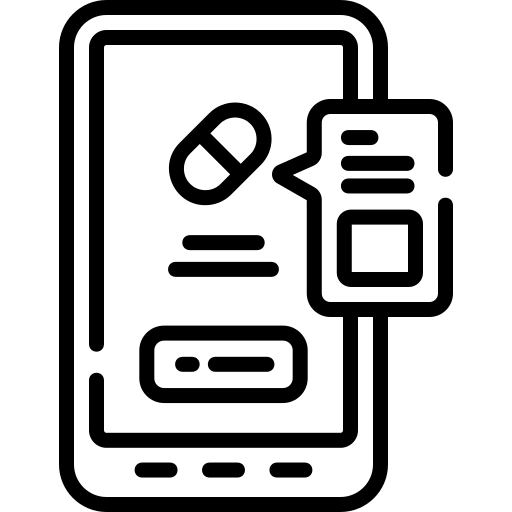
Smart Pills
They are known as intelligent drugs or digital pills. They are small devices with ingestible sensors and perform many functions including giving drugs to a targeted area and measuring pH or blood pressure.
Top Benefits of IoT in the Healthcare Industry
IoT offers numerous benefits to the healthcare sector in different ways including treatment, post-surgical procedures, diagnosis, and remote monitoring. IoMT tools can gather reliable data that leads to informed decisions instantly.
Some IoT healthcare devices operate with the help of AI-driven algorithms that promote accurate conclusions or recommendations for ensuring the patient’s well-being.
End-to-end Connectivity
Hospital employees can spot symptoms of illness in the patients in advance with the help of diversified connectivity protocols. IoT can automate the hospital workflow so that healthcare professionals can focus more on diagnosis and other procedures.
Machine-to-machine interaction, real-time information sharing, and instant knowledge exchange are possible with the end-to-end connectivity offered by IoT in healthcare.
Improved Analytics
IoT technology is known for providing users with data-driven insights. Doctors can use this information for making decisions instantaneously.
IoT devices can collect, share, and interpret vast data effectively and play a crucial role in improving data analytics. As a result, healthcare organisations can improve patient care and treatment over the period.
Better Prescription Management
This is one of the most important benefits of IoT applications. These applications, together with connected devices, can track medication easily and ensure that patients always administer the right dose as prescribed.
It also helps aged people or patients suffering from dementia who tend to forget to take their medications on time. IoT-driven supervision methods can assist the hospital staff to ensure regular medication for in-patients.
Real-time Monitoring and Warnings
IoT devices can work seamlessly across any location and at any time. They are used in giving timely warnings in cases of emergency and life-threatening conditions. Here the advantage is such warnings know no boundaries of location and time. Doctors and relatives of patients can get the warning instantly with the help of a robust IoT healthcare application.
Reduced Expenses
Customised IoT applications can save time and money for both healthcare organisations and patients. These applications facilitate patients to connect with doctors as and when necessary. As a result, they can get rid of visiting the hospital frequently for different tests or routine checkups.
In the future, some more advanced tools and technologies will come that can handle various laboratory tests easily. It will result in reduced spending on tests and procedures while saving a lot of time.
Skilled Surveillance
Post-operative procedures and care need skilful attention. The same holds true for chronic conditions like acute diabetes and high blood pressure. All such conditions can be a reason for the readmission of patients.
However, IoT-based remote monitoring is accurate enough, and doctors need not readmit patients for observation. Such expert surveillance can also protect lives during any medical emergencies including heart failures and asthma attacks.
Scope and Future of Mobile Health Applications
IoT is a very promising technology and the healthcare sector is one of the biggest beneficiaries of IoT-based applications. It enables doctors to offer assistance to remote patients.
Health insurance companies, laboratories, and pharmacies can improve their services and procedures with the help of IoT. Hospitals can offer a personalized experience and develop accurate therapies for specific diseases based on real-time data.
Mobile applications based on IoT can assist physicians and health professionals to meet various objectives. They can get access to different clinical sources like lab results even on the move using IoT healthcare applications. Even drug reference guides, and other supporting material for making diagnostic judgements can be easily accessible using mobile health applications.
On the other hand, patients can get an early warning for any possible complication or missed medication schedules.
All thanks to the growing popularity of innovative IoT-driven healthcare apps, it is expected that the IoT healthcare business will cross $188 billion by the year 2025. Healthcare apps can also give users the benefits of other futuristic technologies like AI, ML, and AR along with a personalized experience. These apps are also helpful in maintaining hospital stocks and preserving them carefully.
Mobile applications for the healthcare sector can be seamlessly integrated with smartwatches, fitness trackers, and other digital gadgets. Healthcare professionals can get to know each and every detail of the patient’s daily activities with the help of such a robust healthcare app.
The patient’s food intake, heart rate, pulse, calorie consumption, and details of all vital parameters, etc. can also be collected through a healthcare app.
Concluding Lines
Evolving IoT concept has opened the doors of endless possibilities for the healthcare sector. Moving ahead in the post-pandemic age, IoT will remain more efficient and powerful to implement various healthcare services like telemedicine and remote monitoring. All you need to find the right healthcare app development company to integrate the advancements of IoT in a dedicated app that can assist you to manage the entire set of IoMT.
Appmart is a leading mobile application development company in Melbourne. We offer top-notch services in the domains of native and cross-platform app development. Our in-house team of experienced mobile app developers integrate advancements of emerging technologies including IoT and blockchain to meet the client’s business needs in the best possible way.
Do you want to transform your brilliant idea into a feature-rich business app? If yes, then either drop us a mail at contact@appmart.com.au or contact us at 1800 277 627, and we will get back to you shortly.


